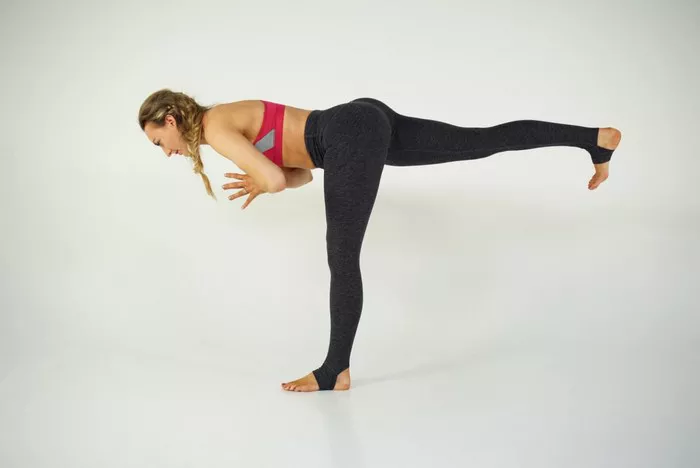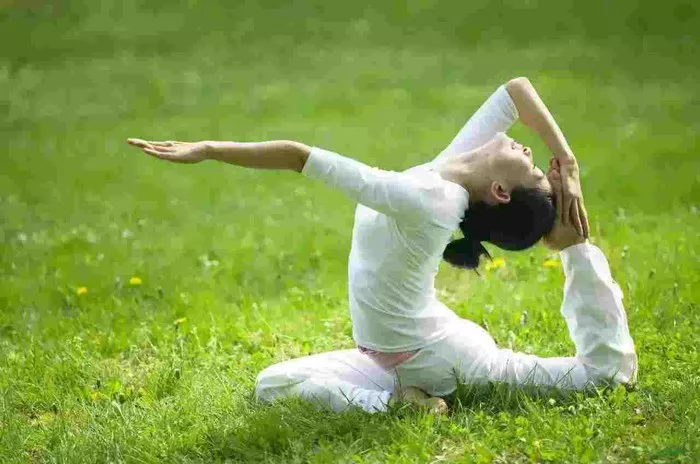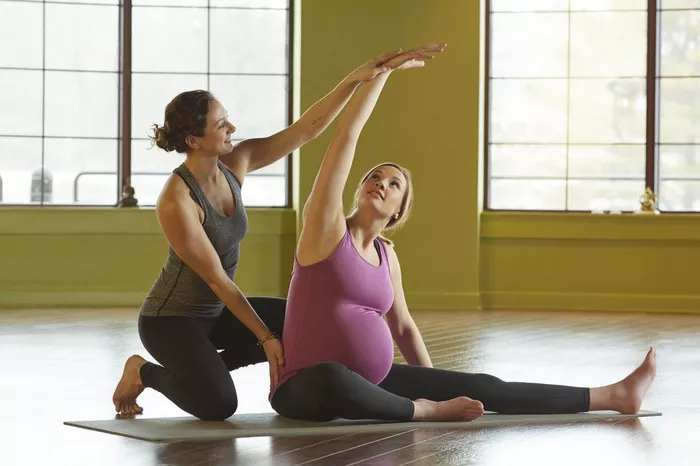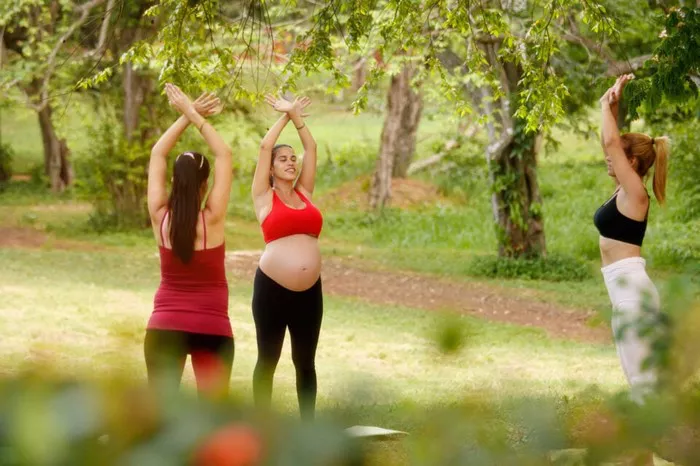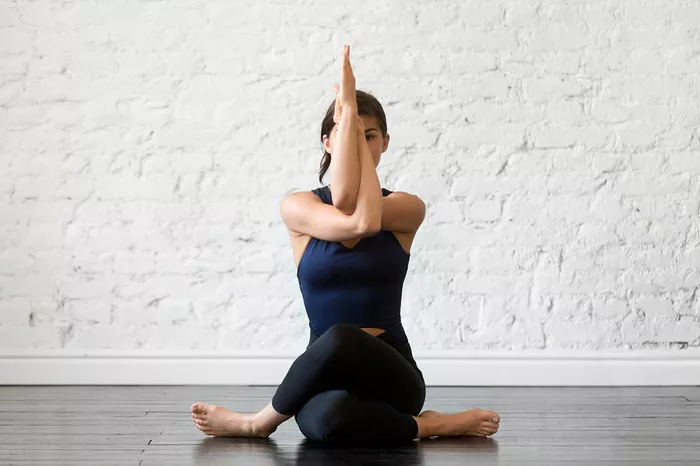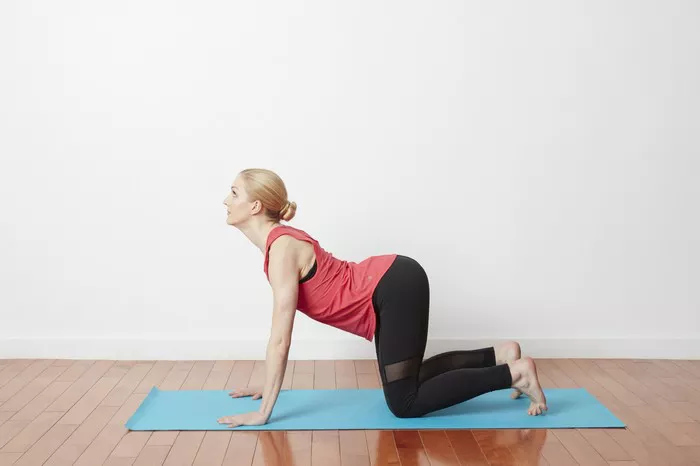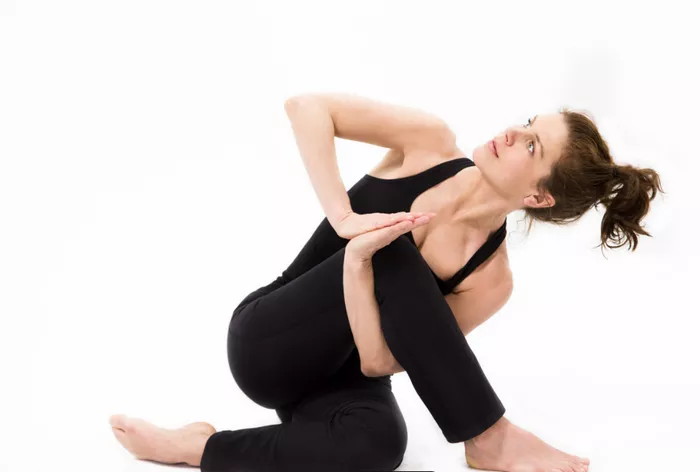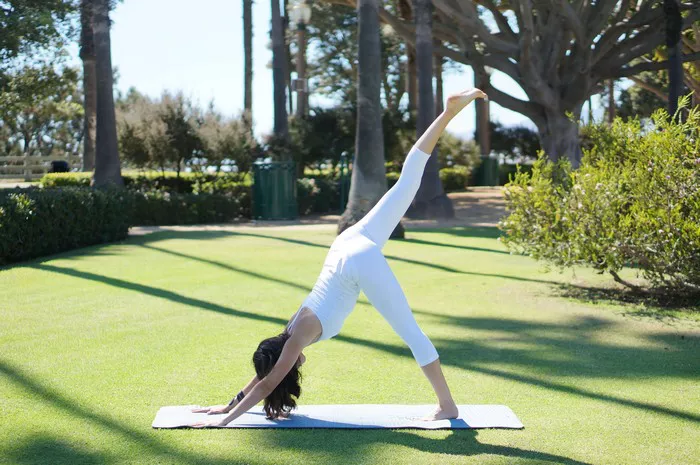Yoga is a practice that has been around for thousands of years, offering practitioners a way to connect the body, mind, and spirit. One of the most beloved and challenging aspects of yoga is mastering the different asanas (poses) that test strength, flexibility, and balance. Among these, arm balances like the Crow Pose and the Crane Pose are often seen as both impressive and difficult, leaving many students to wonder: what is the difference between Crow Pose and Crane Pose? While they may look similar to the untrained eye, there are distinct differences between these two poses, not only in terms of their physical execution but also in their benefits and the muscles they target.
In this article, we’ll explore the nuances of both poses, their variations, and how each can help improve your yoga practice.
Overview of Arm Balances in Yoga
Before diving into the specifics of Crow and Crane, it’s important to understand the significance of arm balances in yoga practice. Arm balances are a category of asanas that engage the core, arms, and shoulders while requiring balance and coordination. They not only help build strength but also cultivate mental focus and stability.
These poses typically challenge both the physical and mental aspects of yoga. As you learn to master arm balances, you’re not only building muscle and flexibility but also learning to stay calm and focused, which is vital in yoga practice.
Now, let’s examine two of the most well-known arm balances: the Crow Pose (Bakasana) and the Crane Pose (Bakasana).
Crow Pose (Bakasana)
What is Crow Pose?
Crow Pose (Bakasana) is an arm balance where the practitioner places their knees on their upper arms and lifts their feet off the floor while balancing on the hands. This pose requires both strength and balance, especially in the arms, core, and wrists.
How to Perform Crow Pose
Start in a squat position. Begin by standing with your feet about hip-width apart. Squat down, bringing your feet close to your hands. Your toes should be spread wide to give you a strong base.
Place your hands on the mat. Place your palms flat on the floor, fingers spread wide. The hands should be about shoulder-width apart, and your arms should be straight but not locked.
Lift your hips. Begin to lift your hips, bringing your knees toward your armpits. As you do this, make sure your elbows are bent and pointing out to the sides.
Engage your core. Tighten your core muscles and lean forward. You should feel your weight shift onto your arms.
Place your knees on your upper arms. Rest your knees on the upper part of your arms, just above the elbows. Keep your gaze focused slightly forward and keep your body compact.
Lift your feet. Once you’ve established your balance, slowly begin to lift your feet off the floor. Keep your feet together and your legs active.
Hold the pose. Stay in the pose for a few breaths, then slowly lower your feet back to the mat.
Benefits of Crow Pose
Strengthens the arms and wrists: As you bear your body weight on your hands, you build arm and wrist strength.
Improves core stability: Balancing in Crow Pose requires core engagement, which helps strengthen abdominal muscles and improve overall balance.
Boosts focus and concentration: Balancing on your hands demands concentration, which enhances mental focus and clarity.
Improves flexibility: The deep squat position in Crow Pose also opens the hips and stretches the inner thighs.
Common Mistakes in Crow Pose
Not engaging the core enough: If your core is not engaged, it will be harder to lift your feet off the ground. Ensure your abdominals are working to support the pose.
Leaning too far forward: While leaning forward is crucial, make sure you don’t go too far, which could cause you to lose balance and fall. Keep your gaze forward, not down.
Overextending the arms: The arms should be strong but not hyperextended. Elbows should be slightly bent for stability.
Crane Pose (Bakasana)
What is Crane Pose?
Crane Pose (Bakasana), often confused with Crow Pose, is another arm balance, but with a key difference. In Crane Pose, the knees are not resting on the upper arms. Instead, the legs are lifted and held parallel to the floor while the arms are supporting the body’s weight. This requires more arm strength and flexibility in the wrists and shoulders than Crow Pose.
How to Perform Crane Pose
Start in a squat position. Just like in Crow Pose, begin by squatting with your feet close together and your hands placed on the floor in front of you.
Place your hands on the mat. Spread your fingers wide and place your palms flat on the floor, with your fingers pointing forward.
Lift your hips and straighten your arms. Unlike Crow Pose, where your elbows are bent, in Crane Pose, your arms should remain straight as you lift your hips.
Lift your knees off your upper arms. Instead of resting your knees on your arms, Crane Pose involves lifting the knees entirely off the upper arms and drawing your legs back toward your torso.
Engage your core and straighten your legs. From here, begin to straighten your legs and lift them parallel to the floor. Focus on keeping your body balanced and your legs lifted with control.
Focus on your breath and stay balanced. Hold the pose by keeping your core engaged and legs active. Focus on your breath and avoid rushing the process.
Release slowly. When you’re ready, slowly lower your legs and return to a seated position.
Benefits of Crane Pose
Increases arm strength: Because you’re supporting your body weight on straight arms, Crane Pose requires significant strength in the arms and shoulders.
Engages the core deeply: Holding your legs in the air requires intense abdominal strength and core engagement.
Improves flexibility and balance: Crane Pose is excellent for improving flexibility in the wrists and strengthening balance as you work to hold the position.
Promotes mental clarity: Like all arm balances, Crane Pose requires focus, which helps sharpen mental clarity and concentration.
Common Mistakes in Crane Pose
Straining the wrists: As you bear weight on your hands with straight arms, it can put a lot of pressure on the wrists. Make sure your hands are actively pressing into the floor and avoid hyperextending your wrists.
Lack of core engagement: If your core is not engaged, it will be difficult to lift your legs and maintain the balance. Always keep your abdominals tight and supportive.
Focusing on lifting your legs too much: It’s important not to force the legs into the air. Focus on balance and control rather than lifting the legs as high as possible.
Key Differences Between Crow Pose and Crane Pose
1. Position of the Legs
The main difference between Crow and Crane Pose is the position of the legs. In Crow Pose, the knees rest on the upper arms, and the legs remain bent. In Crane Pose, the knees are lifted off the arms, and the legs are straightened, held parallel to the floor. The Crane Pose demands more flexibility in the hamstrings and requires a stronger core and arm strength to keep the body balanced with straight arms.
2. Arm and Core Engagement
Both poses engage the core and arms, but the level of intensity differs. Crane Pose is generally more challenging as it requires straight arms and deeper core engagement. In contrast, Crow Pose allows the elbows to bend, which offers some additional support.
3. Difficulty Level
While both poses are considered advanced arm balances, Crane Pose is typically seen as the more difficult of the two. It requires more strength and control, especially in the arms, wrists, and core. In contrast, Crow Pose is often considered a precursor to mastering Crane Pose because of the additional support provided by the bent elbows and knees resting on the arms.
4. Mental Focus and Body Alignment
Both poses require mental focus, but because Crane Pose demands more precision, concentration, and a strong engagement of the whole body, it can be considered mentally more challenging. Achieving proper alignment in both poses is crucial for balance and stability, but the alignment for Crane Pose is generally more difficult to maintain due to the straightened arms and legs.
Conclusion
The Crow and Crane Poses, while similar in appearance, are distinct arm balances that test different aspects of your physical and mental strength. Crow Pose (Bakasana) is a great starting point for building arm and core strength, as well as developing balance and focus. Once you’ve mastered Crow, you can challenge yourself with Crane Pose (Bakasana), which takes the difficulty up a notch by requiring more strength, flexibility, and control.
Ultimately, both poses are valuable in developing strength, balance, and concentration, and each will offer unique benefits to your overall yoga practice. Whether you’re a beginner looking to master Crow Pose or an experienced practitioner aiming to advance to Crane Pose, both poses offer exciting opportunities to grow and deepen your yoga journey.
Related Topics:

